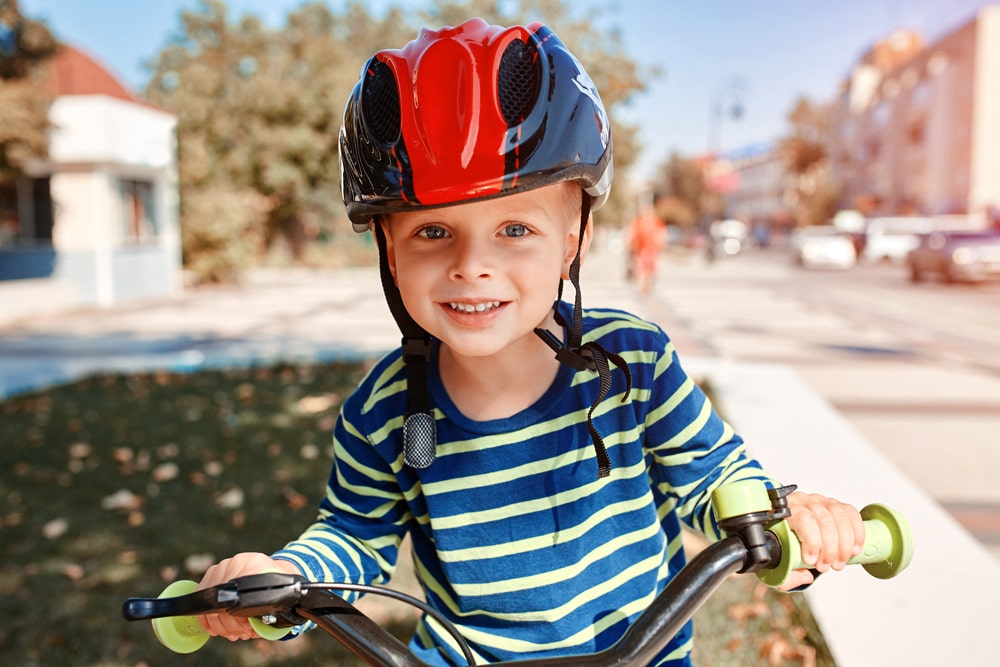
1. Project confidence and reassurance.
There’s a fine line between being safe and feeling fearful, especially for young children. When you’re discussing safety, your tone should be similar to the one you take when talking about daily routines, toileting, or table manners. Simplify safety rules so that even the youngest members of your family follow them. Important safety practices like looking both ways when crossing the street, not running near unsafe areas like pools, and not touching unsafe objects can be easily communicated in short sentences.
2. Consider saving the word “STOP” for safety.
Parents will often overhear themselves saying “stop” to children several times a day. You might tell your child to stop. To preserve the power of the word “stop,” consider only using it when a child’s safety is compromised. Or, you can use a word like “halt” or “freeze” for safety-related corrections. Having a special word for safety means that it will get a child’s attention with greater consistency.
You can even practice your word with a game similar to musical chairs. In a safe, open space, have your children run, jump, or play, until they hear you say, “Freeze!” When they hear this word, their job is to stop moving immediately. They can start moving again when you come to take their hand. Play this game several times until the response is automatic. This game will pay off the next time they attempt to dart toward a busy street. You can say “Freeze!” knowing that they’ll stop and pause, keeping them safe until you can get to them.
3. Find a healthy balance between safety and adventure.
There are times when kids need to run around, shout, and play. In short, there are times when they need to be kids! This is why outdoor fun is so important, especially in the warm spring and summer months. Parents can find and create safe spaces for little ones to play. Before you decide on childcare for your little one, request a tour with your child to check out the play spaces. Outdoor play areas should be free of excessive debris, and indoor play areas should have childproof locks on any drawers. Keep an eye out for soft furniture and rounded corners, which are essential for small children’s play areas. When an adult makes sure a play area is safe, a child is free to be expressive and exploratory.
Keeping Kids Safe Every Day
The Gardner School takes child safety seriously. That’s why we design our learning and play spaces to foster safe exploration and discovery. Kids at The Gardner School experience learning firsthand. To learn why parents choose us to help their children to grow and learn, contact us to learn more or to schedule a tour. You’ll quickly see why parents love The Gardner School for providing a safe and adventurous learning environment for little ones.
